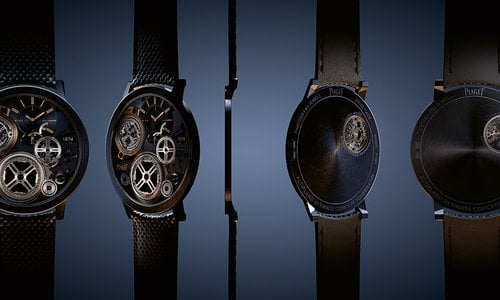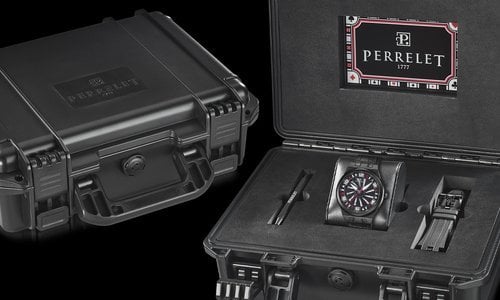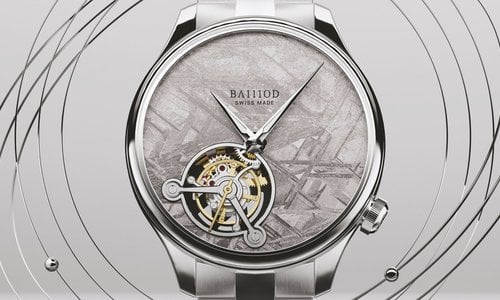The 27-kilometre ring beneath Geneva that is the Large Hadron Collider (LHC), based at the European Organisation for Nuclear Research (CERN), made the headlines at its launch in 2008 because of the potential of the experiments conducted within it to change our understanding of the laws of physics.
The ATLAS experiment is just one of six that use the LHC but it is arguably the one that elicits the most interest, since its objective is to find the Higgs boson. The so-called Standard Model of particles and forces (see chart) defines twelve fundamental particles and four fundamental forces. It is a well-tested theory that has successfully predicted the outcomes of numerous experiments. However, it only works if we assume that the particles have no mass, which is plainly not the case. Without mass, there would be no atoms, no chemistry or physics and, therefore, no human beings.
Peter Higgs was one of the physicists who discovered a mechanism that, when added to the Standard Model, could explain how particles have mass. But the Higgs mechanism requires the existence of the Higgs boson, which is the only boson (as force-carrier particles are known) that has yet to be observed in experiments. Looking for the Higgs boson means using the LHC to collide two beams of particles at close to the speed of light.
In a separate experiment, beams of neutrinos (the particles with no electric charge and very little mass) have been fired underneath the Alps to the Laboratori Nazionali del Gran Sasso (LNGS) some 730 kilometres away in Italy. The OPERA project (Oscillation Project with Emulsion-tRacking Apparatus) recorded the first occurrence of “neutrino oscillation” in this beam on 31st May 2010, detecting a single tau neutrino from a beam comprising billions of billions of muon neutrinos. In September 2011, the project then recorded a beam of neutrinos apparently arriving 60 nanoseconds faster than the speed of light.
But since a nanosecond is a billionth of a second, how do the researchers measure such an infinitesimal period of time so accurately? Giovanni De Lellis, Scanning Coordinator for the OPERA experiment and Associate Professor at the University Federico II of Naples, kindly took the time to explain to Europa Star in layman’s terms this experiment, its results and their implications.
 The existence of the neutrino was first postulated in 1930 by Austrian theoretical physicist Wolfgang Pauli, but the elusive particle was not actually discovered until 1956. Three different “flavours” of neutrino were later discovered: electron, muon and tau. Neutrinos are a member of the lepton family of particles included in the Standard Model.
The existence of the neutrino was first postulated in 1930 by Austrian theoretical physicist Wolfgang Pauli, but the elusive particle was not actually discovered until 1956. Three different “flavours” of neutrino were later discovered: electron, muon and tau. Neutrinos are a member of the lepton family of particles included in the Standard Model.
In the OPERA experiment, a beam of neutrinos is fired towards the LNGS from CERN in Geneva. This is achieved by making a proton beam collide with a graphite target, which generates—among many other particles—kaons and pions, which decay into muons and muon neutrinos as they continue their journey in a vacuum tube. This beam of particles then collides into an iron graphite target. The final target stops any remaining protons, pions and kaons, leaving the neutrinos to continue their journey through 732 kilometres of the Earth’s crust. Once the beam arrives at Gran Sasso, the OPERA and ICARUS experiments detect the neutrinos.
Europa Star: What kind of equipment do you use to measure these tiniest of deviations in time and how confident can you be in its accuracy?
Giovanni De Lellis: In order to achieve such a precision for time measurements, it is essential to use atomic clocks. In 1967, the 13th General Conference of Weights and Measures redefined the second as “9,192,631,770 periods of the radiation corresponding to the transition between the two hyperfine levels of the ground state of the caesium-133 atom.” 9,192,631,770 cycles per second is the frequency of the radiation emitted or absorbed by a caesium-133 atom as it shifts from one to the other level of its hyperfine structure. Atomic clocks are based on caesium-133 atoms. Therefore, they are the most accurate time standards known and are used as primary standards for international time distribution services and in global navigation satellite systems such as GPS. National standards agencies maintain with atomic clocks an accuracy of 10−9 seconds per day.
ES: But as we know from our mechanical watches, the smallest speck of dust can affect the precision, so could any factors affect the readings being taken in the OPERA project?
GD: We define the start when neutrinos are produced. The production of neutrinos is induced by protons. The measurement of the proton beam is done by time stamping the signal from a beam current transformer measuring the protons (neutrino grandparents) along their path. The accuracy of this measurement has been cross-checked to be at the few nanoseconds level.
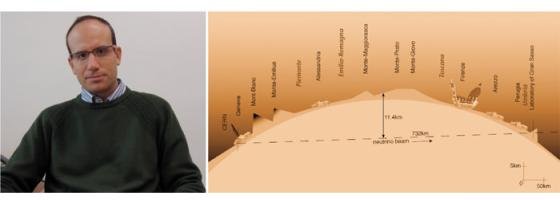 Giovanni De Lellis, The path of travel of the neutrino beam between Geneva and Gran Sasso in the earth’s crust (© CERN)
Giovanni De Lellis, The path of travel of the neutrino beam between Geneva and Gran Sasso in the earth’s crust (© CERN)
ES: The ICARUS project at the same laboratory recently came to the conclusion (based on mass) that the neutrinos were adhering to Einstein’s theory of relativity. What future experiments need to be done to prove either hypothesis conclusively?
GD: It is necessary to repeat the measurement also with different experimental techniques. OPERA itself will try and do that in the next year while other experiments in Italy and also in the USA will repeat the measurement in similar conditions. A conclusive statement could eventually come from the measurement of the relative speed between neutrinos and light that would eliminate all the systematic uncertainties.
ES: The OPERA project was initially set up to prove the existence of neutrino oscillation, which it did last year. How significant a discovery was this and what does it mean for the future of the OPERA project?
GD: If neutrinos are massive they may undergo the so-called oscillation, implying that neutrinos produced as one type (muonic in Geneva) can be detected as a different type far away from the source (tau neutrinos in Gran Sasso). Our observation of one tau neutrino has shown last year that this process really happens and it was the first direct observation of tau neutrinos in a muon neutrino beam. The aim of the OPERA project for the future is the observation of a few more tau neutrino events to consolidate the observation done last year.
ES: If the findings of the OPERA project are ultimately confirmed, does this mean that the neutrinos were either travelling faster than the speed of light or possibly travelling through a hitherto unknown dimension? And what would be the significance of this for science in general and your research in particular?
GD: In the landscape of sub-nuclear elementary particles, neutrinos are very special in many respects, for example for the extremely small mass, less than one millionth of the electron mass, the lightest charged particle. The possible confirmation of the result would put neutrinos in an even more special condition. Nevertheless, science always proceeds by extending its view in order to incorporate past and newly coming results in a coherent way, but never discarding consolidated experimental facts.
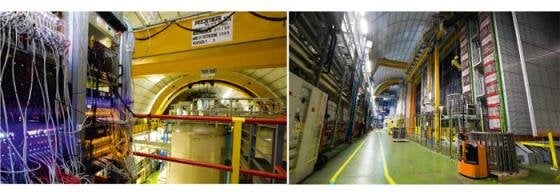
Whether or not the faster-than-light neutrinos are confirmed, there are undoubtedly still plenty more surprises to come out of the experiments in particle acceleration at CERN. And the conclusions of the LHC experiments will fundamentally change our understanding of science either way—whether or not the Higgs boson is found. Over twenty years after CERN scientist Tim Berners-Lee invented the “worldwide web”, CERN might well be on the way to helping bring about another epoch-making discovery.
Reflections on Time, read more:
- Introduction: Suspended Time
- The Mastery of Time
- Hartmut Rosa: The acceleration of time
- The yurt and the equation
- Aphorisms on time
- The Clock: watch of the year
- Carte blanche: Eric Giroud
- A meeting with Ottavio Di Blasi
- Carte blanche: The White Group
- Starry skies on the wrist
- Carte blanche: Alexis Guillier
Source: Europa Star February - March 2012 Magazine Issue


